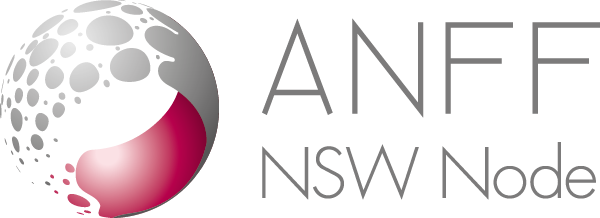Zedelef, an UNSW spinout is working closely with various ANFF facilities to extend its optical sensing offering in a number of ways.
Modern technology allows information to be transmitted in many forms, but most of them aren’t suited to hazardous environments. In parts of the resources industries any potential ignition source could cause catastrophic damage but data still needs to be collected and reported.
This is why UNSW spinout Zedelef began designing and building light based sensing networks to safely transmit information about hazardous environments. Its transducers, which convert voltage to light signals, are one of the few technologies that promise less bang for your buck for applications in coal mines, refineries, and offshore drilling platforms. From a narrowly defined initial project, Zedelef’s research effort led to a broad platform technology that is generating a lot of interest both in academic and industrial circles. In the past year alone, Zedelef, working closely with various ANFF facilities, has extended its product offering in a number of ways.
Zedelef has demonstrated a new type of voltage sensor that could be used to monitor high-power lines. The researchers also produced an array of transducers, as opposed to a single cell. This enables the creation of optical electrodes – or optrodes – that could “see” neurons firing, potentially leading to the creation of a brain/ machine interface at some point in the future. Critical in the realisation of these devices were optical photomasks produced at ANFF-Q, which then fuelled experimental efforts at ANFF-NSW.
Associate Professor Alex Fuerbach from Macquarie University has developed a new type of monolithic Q-switch laser by combining Zedelef’s transducers with chip lasers characterised at ANFF’s Optofab node in Sydney. The new device produces short pulses of intense laser radiation and has a wide range of potential applications. These include lidar (light-based radar) for the control of autonomous vehicles, ranging (accurate measurement of distances), materials processing, time resolved spectroscopy, and much more.
Zedelef’s core technology is a series of electro-optics transducers capable of turning small electrical signals into light-transmitted information. The device uses a variable reflectance mirror which reflects a certain amount of light depending on the voltage applied. Zedelef’s technology then measures the amount of light reflected to determine the initial voltage. Importantly, this transduction is done passively and is therefore safe.
The vast majority of existing sensors, be they pressure, flow, temperature, microphones, hydrophones, or gas sensors output small voltages as a means of conveying the result of their measurements. This means the Zedelef electro-optical devices can be used to read a host of conventional sensors. Coupled with optical fibre-based networking technology, it is then possible to develop sensing networks that are ideally suited for hazardous environment such as coal mines. In many cases it requires no power and can be retrofitted to existing sensing networks.
“Through a constant collaborative effort with the participants and the support of ANFF, we were able to define and refine a technology to reflect real engineering needs and address industry pain-points,” François Ladouceur, the company’s founder and professor at UNSW, said.
The sensing technology Zedelef has developed relies on the assembly of liquid crystal cells that require a cleanroom environment for a number of steps of the fabrication process.
These steps were carried out using ANFF-NSW’s facilities and expertise. “The fabrication of our liquid crystal cells require high-precision assembly, UV-curing, characterisation and surface processing services which were either available or developed at ANFF’s facilities as part of the project,” he said.




